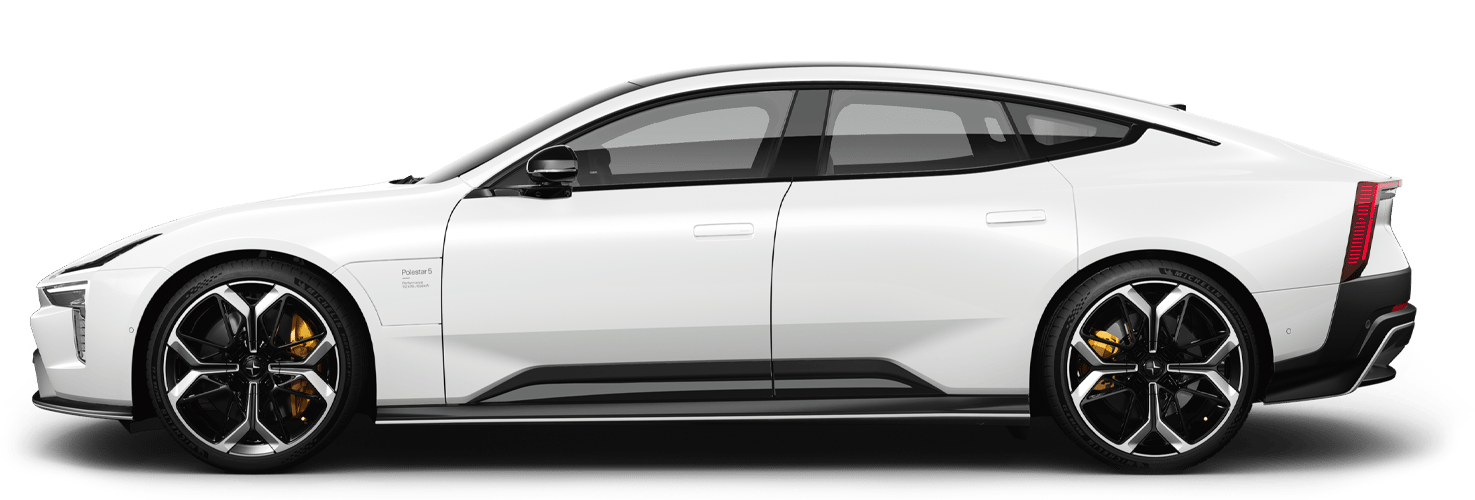Immersive sound: the Harman Kardon system of Polestar 2
Being a captive audience isn’t always a bad thing. Especially not from the perspective of Harman Kardon acoustics engineer Hans Lahti. Knowing exactly where the listener is located is a luxury most acoustics engineers and sound system designers do without. No matter how much time is dedicated to designing, building, and tuning a system, there’s nothing stopping the consumer from cramming it into a basement corner, or scattering it across a concrete patio.

Even before the customer has been in the car, I’ve gone through the whole interior. I can do the tuning based on the acoustics in that specific space.
That’s why, despite the limited space and mix of both reflective and absorbent surfaces, it can be a blessing to design sound systems for cars. Like the 13-speaker, 600-watt Harman Kardon system found in Polestar 2, designed by Lahti and his colleagues. “Even before the customer has been in the car, I’ve gone through the whole interior, I know how everything works, I can do the tuning based on the acoustics in that specific space,” claims Lahti, noting the advantage of knowing where the speakers are in relation to the listener.
Speaker location is one of the distinguishing characteristics of Polestar 2’s system. The front doors don’t house woofers, for instance, allowing for increased storage room in the doors themselves. Instead, the woofer is found in the engine compartment. “It’s quite a cool solution, though it did present some challenges in that the woofer is now in the front right corner which could lead to uneven low frequency distribution,” says Lahti. Additional woofers in the rear doors compensate, as does “Unison”, an algorithm developed by Swedish firm Dirac . This algorithm guarantees that all woofers in a system work in concert (see what we did there) as opposed to competing with each other, ensuring a rich, immersive, perfectly balanced sound. “So far, it’s only available for vehicles because it requires a lot of skilled tuning to make it work,” explains Lahti. “You need to put it in the hands of professionals.”
Another distinctive characteristic is the use of fabric, rather than metal or plastic, for the speaker grilles. The only visual clue of the speaker’s presence is a small button bearing the signature Harman Kardon 60° pattern. “We did a series of acoustic tests on different interior fabrics until we found one that had the least impact on sound quality,” says Lahti. “It was a good collaboration between completely different engineering disciplines, and it turned out great.”

Such cross-disciplinary collaboration is a key component of these projects. “Making great sound in a car is like designing a four-legged stool,” claims Lahti when asked about the process of creating this system. “If one of the legs isn’t there, you’ll fall on your ass.”
The first leg is the group of speakers. Sound systems exist to recreate music as faithfully as possible (the origin of the term “high fidelity”). The highest quality speakers are essential in order to reproduce the music as it was intended to be heard.
The second leg is the amplifier. “Amplifiers these days don’t just increase the current to make the music louder,” says Lahti. “They also contain all the signal processing necessary to adapt the sound to the acoustic environment.”
Which leads to the third leg: installation of the system itself. It’s difficult to overstate just how crucial speaker placement is, as anyone who’s stood to close to a Marshall stack will attest to. “If the tweeter is placed too far down, you’ll lose the brilliance of the sound,” clarifies Lahti. “If the fixation points are too soft, you’ll get more rattling from the trim panels. Things like that.” According to Lahti, discussions with the engineers and designers about number and placement of speakers need to be happening at least four years before production. “80% of my job is discussing, compromising, begging, and screaming to get what I need, where I need it,” he states. “Then, you just have to wait until you have the first physical cars available so you can start evaluating.”
And the fourth leg is the tuning. Taking six to seven weeks per model, tuning is an understandably complex process involving playlists from every conceivable genre to provide the most faithful reproductions across the spectrum. “An audio system is just that, a reproducer,” stresses Lahti. “The less you add or distract from the original production, the closer you get to the original experience.”

This is also what makes a sound system premium, in Lahti’s opinion: optimised frequency extension, deeper bass, brighter treble, and loudness without harshness. All done in as efficient a way as possible.
Efficiency, when dealing with sound systems, is directly related to sustainability and environmental friendliness. Lighter speakers which use less material, have greater output, and use less battery power are more efficient and more ecological, with the additional advantage of reducing the vehicle’s overall weight.
Those listening to music inside of a car are, in a physical sense, a captive audience. When the music is coming through a system as meticulously planned, designed, installed and tuned as Polestar 2’s, captivity isn’t so bad. Even for Lahti, who spends most of his professional life as a captive listener.
“I tell my friends that my job is to listen to good music in luxury cars,” says Lahti. “What’s not to love?”







